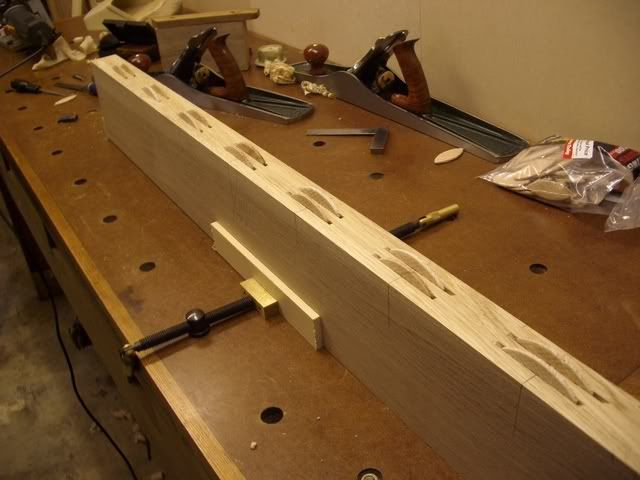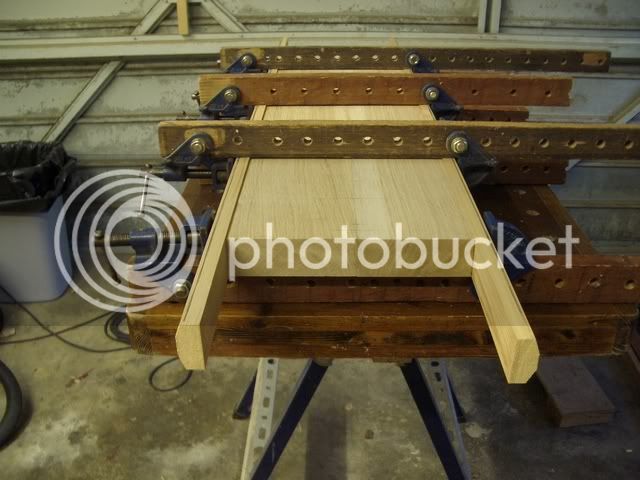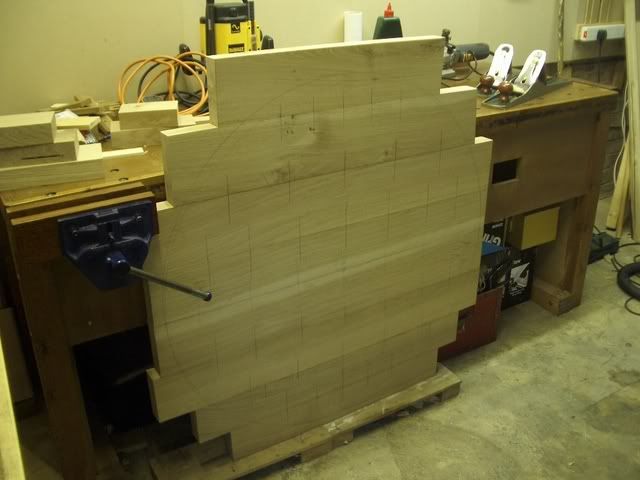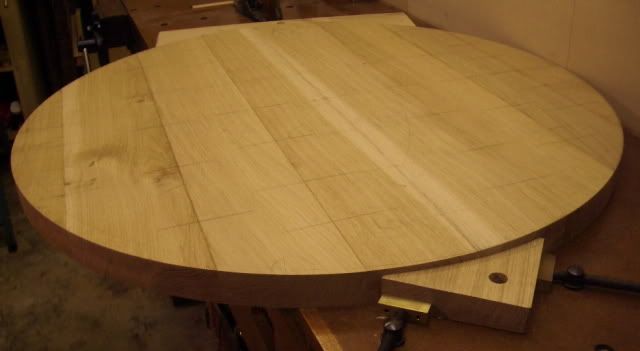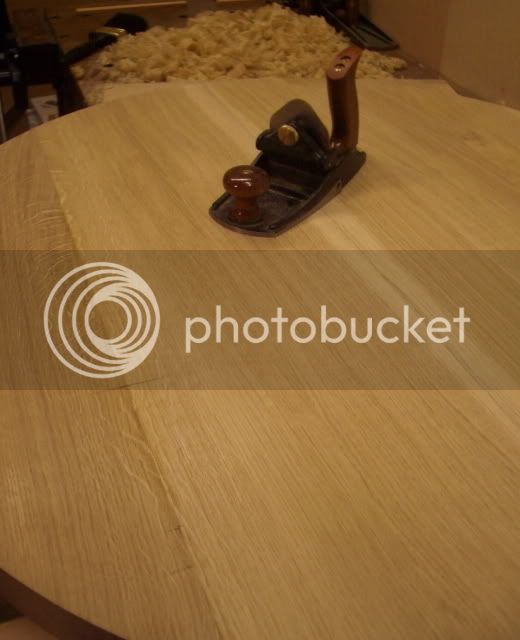Hello all
I'm about to make a oak table top out of 8x2 planed to 40 x 195mm.
There will be seven boards to join together. My question refers to edge jointing.
The option I see that I have open to me are;
1) Get the mill from the timber yard to joint the edges true.
2) Use my Festool TS 55 to joint them. Will probably leave slight saw marks though.
3) After doing (2) use a router on a guide rail.
4) Use a jointer hand plane. I don't own one at present.
What methods do members use?
Any comments on what you do and what you think is the best method would be greatly appreciated.
Best regards, Andrew
I'm about to make a oak table top out of 8x2 planed to 40 x 195mm.
There will be seven boards to join together. My question refers to edge jointing.
The option I see that I have open to me are;
1) Get the mill from the timber yard to joint the edges true.
2) Use my Festool TS 55 to joint them. Will probably leave slight saw marks though.
3) After doing (2) use a router on a guide rail.
4) Use a jointer hand plane. I don't own one at present.
What methods do members use?
Any comments on what you do and what you think is the best method would be greatly appreciated.
Best regards, Andrew

































